Gardens of earthly delight: Why – and where – you should stop to smell the flowers
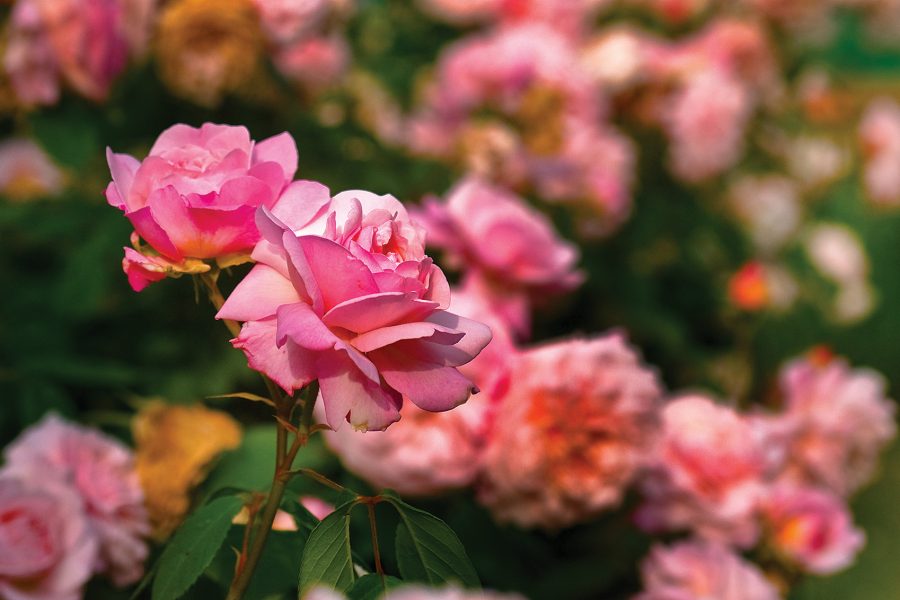
It was while strolling through Tower Hamlets Cemetery Park that I fell in love with gardens. Sandwiched between homes, bus stops, schools and bike mechanics, the London nature reserve features a woodland filled with bluebells and daffodils, where ivy curls over aged graves and birds call across mossy clearings. This was three years ago, during a period when the natural environment became not only an escape but a lifeline.
I was recently reminded of those outdoor rambles and the respite I found in them when I spoke to Sophie Walker, the respected garden designer and author of The Japanese Garden , to find out more about how outdoor spaces are crafted and what they represent.
“Whether we are custodians, gardeners or visitors, the garden invites our collaboration, our absorption,” she says. “It represents the human anchor of the home, and it is as important as the architecture we live in.”
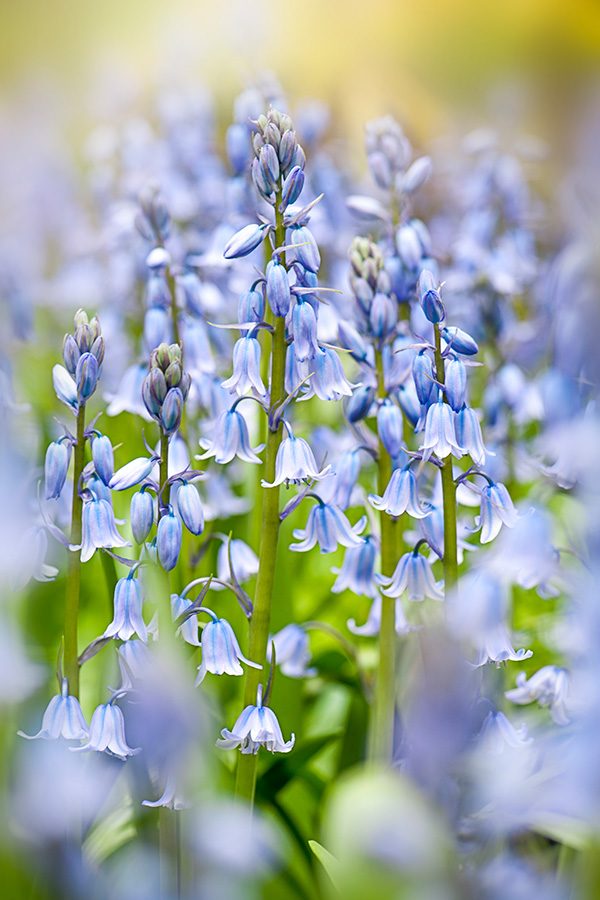
Credit: Getty Images

Credit: Sophie Walker
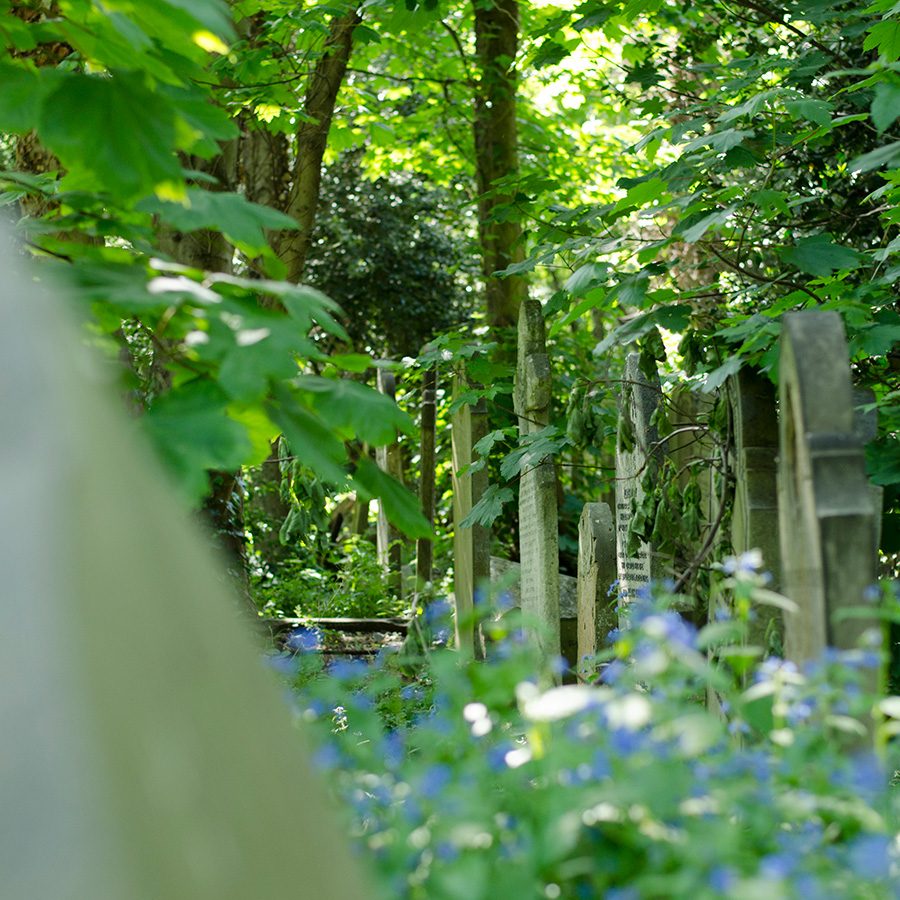
Credit: Getty Images
In the UK, research into the health benefits of green spaces has led to developments in “green therapy” – the charity Horatio’s Garden specialises in wheelchair- accessible gardens for spinal injury patients.
Meanwhile, a report commissioned by The National Gardens Scheme showed that not only can spending time in gardens reduce aggression and agitation in dementia patients, but also alleviate depression, stress, anxiety and loneliness in the general population by creating a sense of belonging.
That gardens hold spiritual meaning akin to healing powers isn’t a new revelation. They’ve long been places of mental refuge and relaxation, from the biblical Garden of Gethsemane to secluded gardens described by classical Chinese poets.
“Gardens are intensely healing places of real possibility. We need to reconnect with this globally,” Walker says. “Nature really is the bigger being that we look for.”
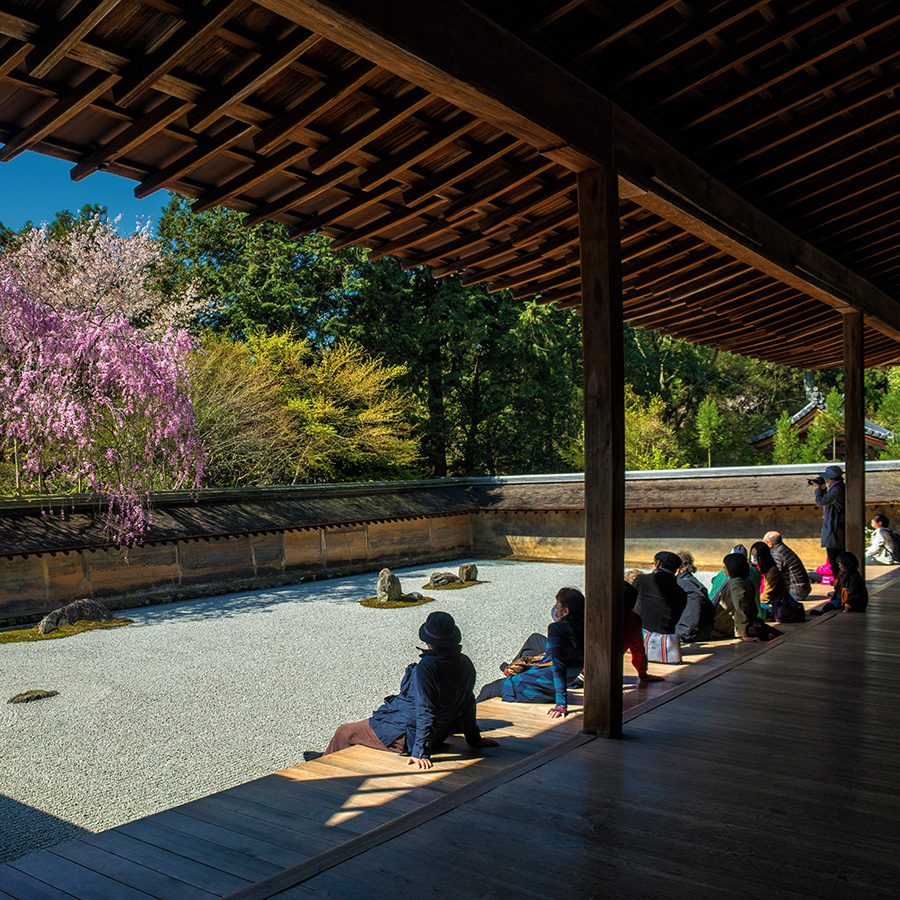
Credit: Alamy
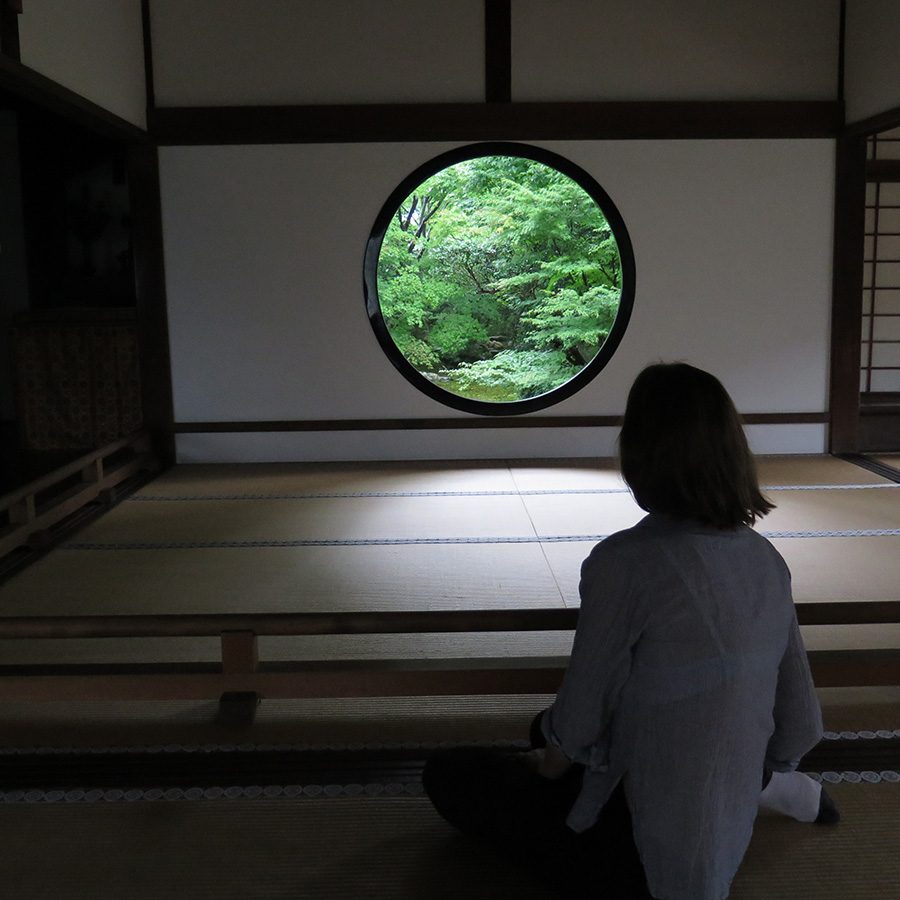
Credit: Sophie Walker
Nurturing nature
Our perception of what makes a garden beautiful, or valuable, varies greatly across cultures. The ostentatious lawns of the Garden of Versailles and the Victorian greenhouses at the Royal Botanic Gardens, Kew in London “say so much about outward ambition”, says Walker. Her preference, however, is for gardens that offer “an aid to contemplation”, a design philosophy more common to Asian gardens, such as the imperial landscaping found in Kyoto.
“For me, a garden isn’t so much to be looked at and admired but a place to question and reconsider our place in the world around us,” she says.
“It is surely a very positive thing for us all to sit quietly and enjoy watching the connections between other things, beyond our own individual lives.”
Gardening ideals increasingly transcend borders. Shinrin-yoku – the ancient art of forest bathing – has spread from its origins in Japan across the world. And new concepts, such as rewilding, where a natural space is allowed to grow with minimal intervention to encourage biodiversity and pollination, recognise gardens as living breathing organisms.
Walker emphasises that nature is a network and gardens should be created with that in mind. “We have traditionally thought of plants as competing with one other, but we now see how collaborative they are – functioning as a community, feeding and supporting one another, growing together and not against one another.”
Strolling with my friend through that overgrown urban cemetery in London, gravel crunching underfoot, I certainly breathed easier knowing we were seeking the same sense of solace – distanced yet harmonious.

Get into greenery
Kenrokuen Garden
Kanazawa, Japan
Kenrokuen Garden claims the title of one of Japan’s greatest gardens. Its name translates into the “garden of the six sublimities”, referring to six tenets of perfect Japanese gardens including water, pleasing views, space, antiquity, peacefulness and architecture. Thanks to its gardens featuring beautiful landscaping, stone lanterns and bridges overlooking carpets of irises and azaleas, the principles sit in perfect harmony.
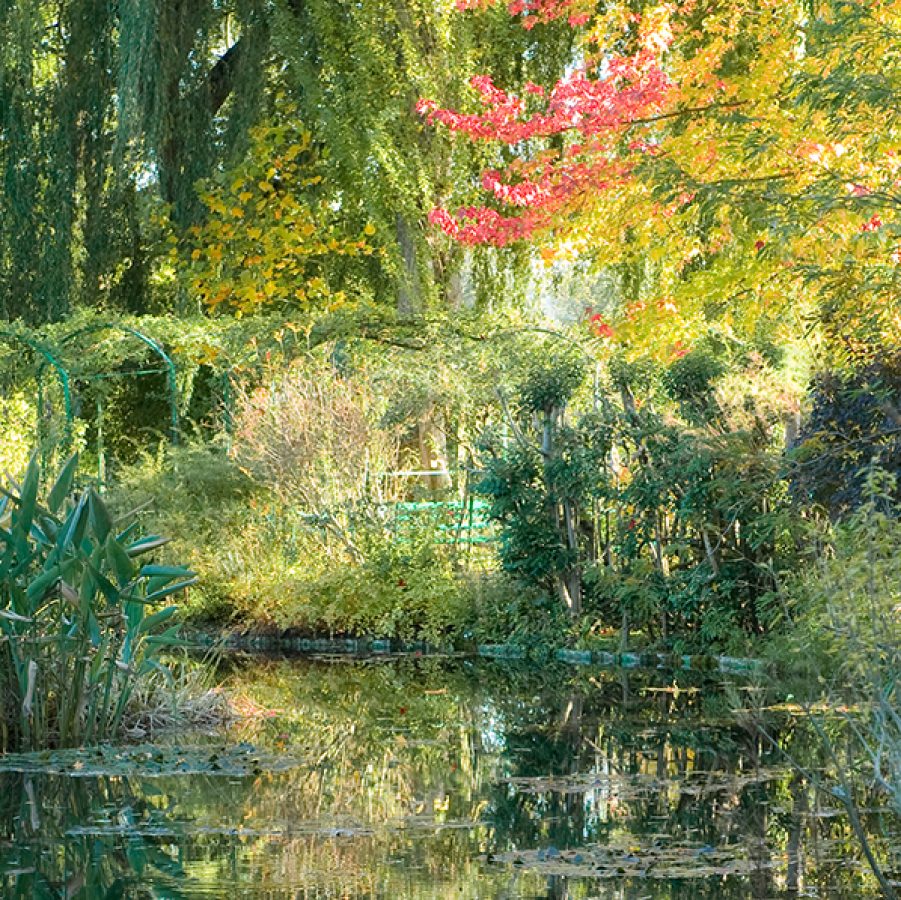
Credit: Maison et Jardins Claude Monet Giverny - droits réservés
Monet’s Garden
Giverny, France
Nature is given free rein at Monet’s Garden , filled with untamed wisteria branches and water lilies. Its two famous gardens – the floral Clos Normand and a water garden inspired by Japanese woodblock prints – reflect the artist’s preference to let things take their natural course. It’s said Monet once claimed “all my money goes into my garden”, and decades later, it still shows as it remains one of the top gardens in the world.
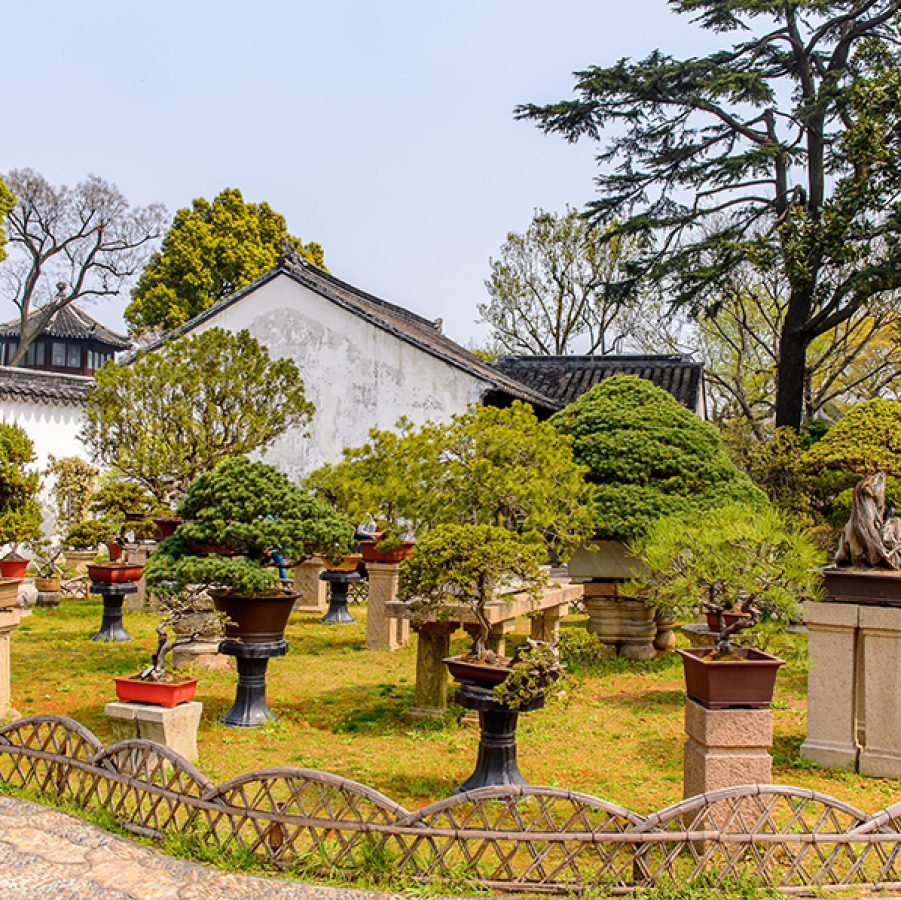
The Humble Administrator’s Garden
Suzhou, China
Suzhou is full of classical Chinese gardens, and its largest is the Humble Administrator’s Garden , which has received Unesco World Heritage status. Split into three parts, its 5.2 hectares are covered in ponds, pagodas, and fragrant lotuses, forming what Unesco calls a “perfect microcosm of the natural world”.
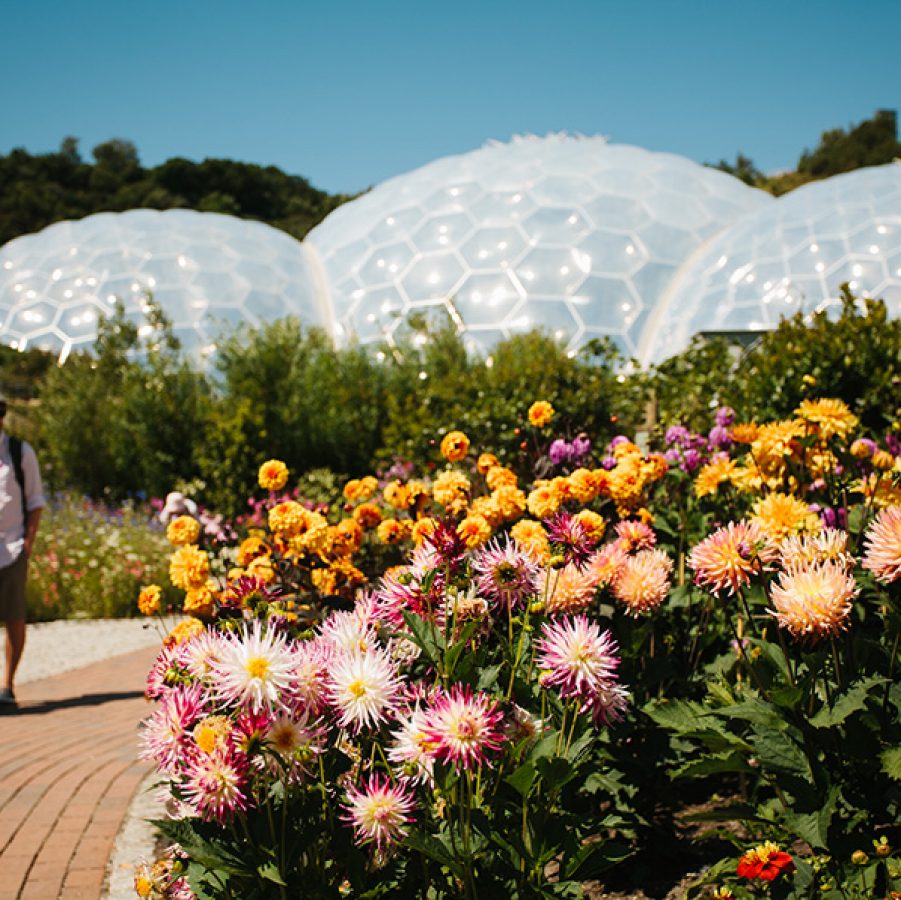
The Eden Project
Cornwall, UK
Rising like gigantic bubbles out of a former clay mine, The Eden Project’s futuristic biomes simulate different climates. In the Rainforest Biome, humid conditions are just right for tropical botanic gardens with South East Asian, West African and South American foliage. Bougainvilleas and olive trees dwell in the Mediterranean Biome, while outdoor gardens house teas, ginkgos and local flora.
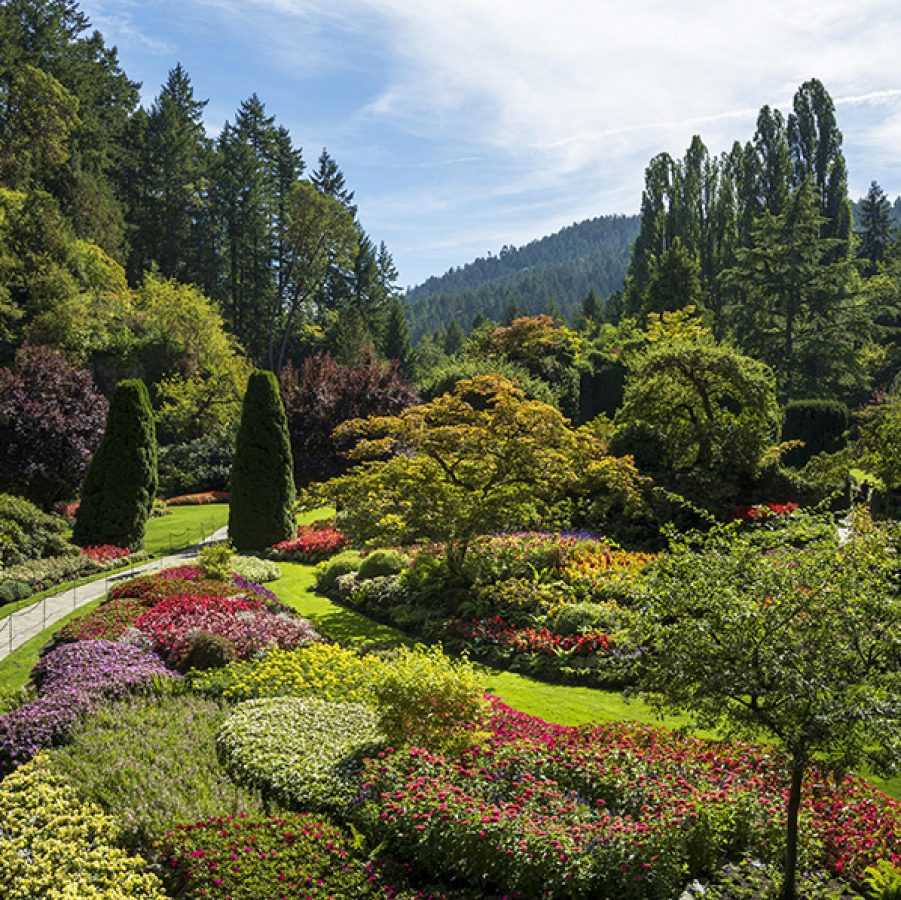
The Butchart Gardens
Brentwood Bay, Canada
These family-run grounds sit on a depleted limestone quarry. The late Jennie Butchart began transforming the area in the early 1900s, setting the groundwork for what is now a National Historic Site of Canada, with more than 900 species of plants across 22 hectares. Rhododendrons, delphiniums, hydrangeas and Japanese maples burst into colour throughout the year alongside rose gardens.
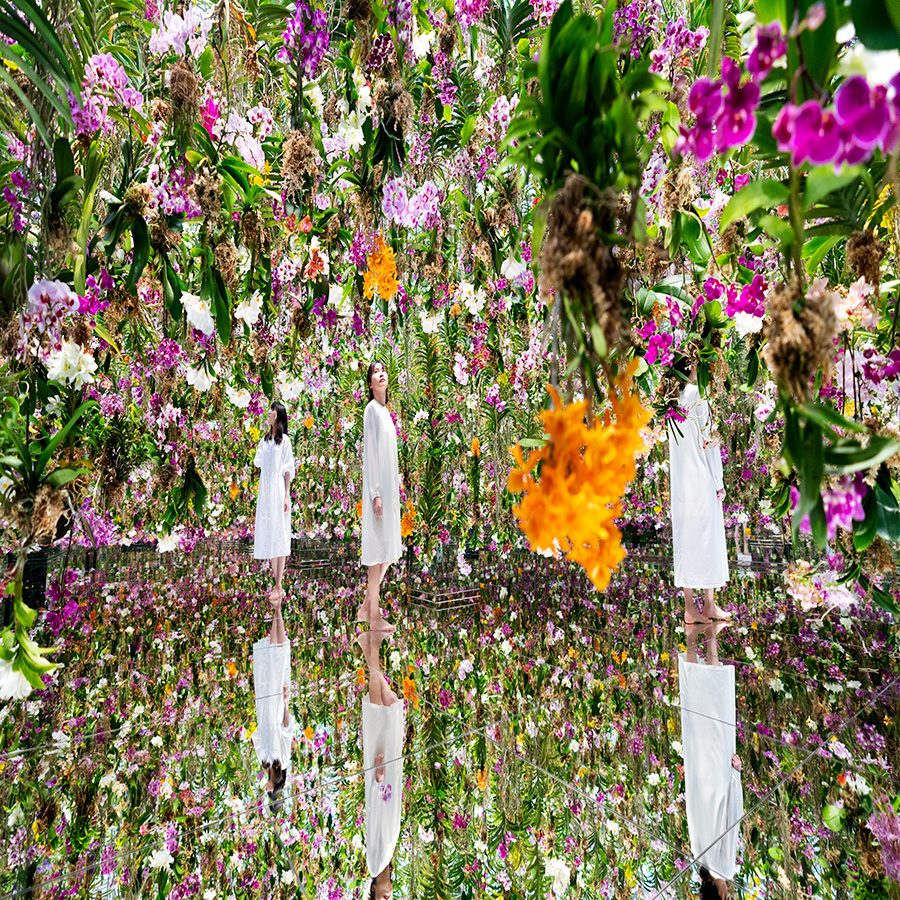
TeamLab Planets: Floating Flower Garden
Tokyo, Japan
This unconventional floating garden is an art installation by the creative minds at TeamLab. Filled with 13,000 suspended orchids, the living exhibit is inspired by Japanese Zen gardens; TeamLab quotes the Buddhist monk Sengzhao’s famous phrase, “Heaven and I are of the same root. All things and I are of the same substance.”
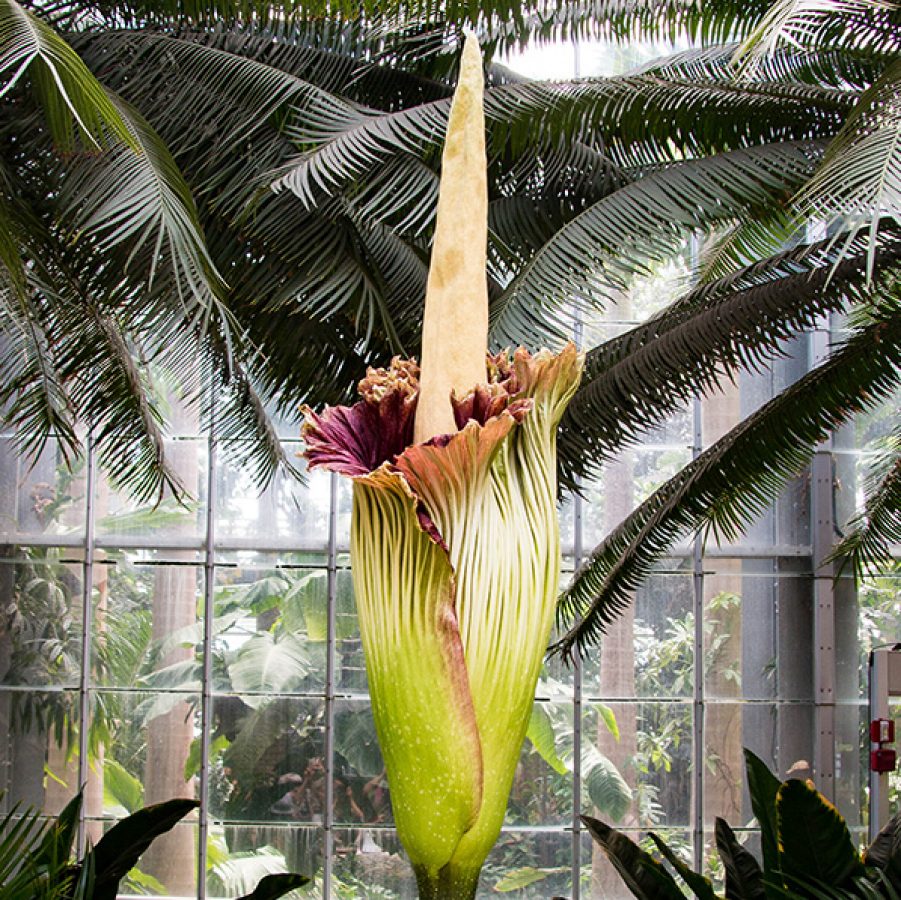
Credit: Getty Images
Celebrity plants
1. Titan arum
These South East Asian flowers can reach up to four metres, but don’t get too close: they’re nicknamed the “stinking corpse lily” for good reason.
See them in: Malaysia, Indonesia, The Eden Project in the UK
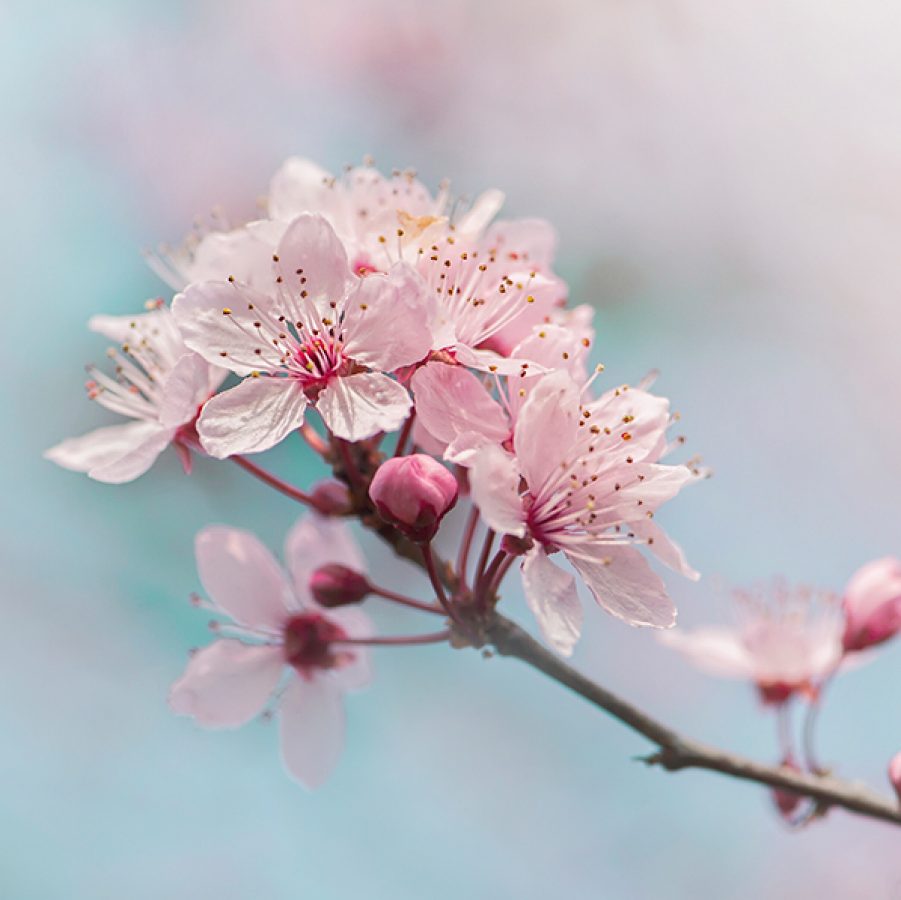
Credit: Getty Images
2. Japanese cherry blossoms
Travellers meticulously time their trips to catch Japan in full bloom, as these pink buds signal the arrival of spring.
See them in: Yoshino, Tokyo, Kyoto
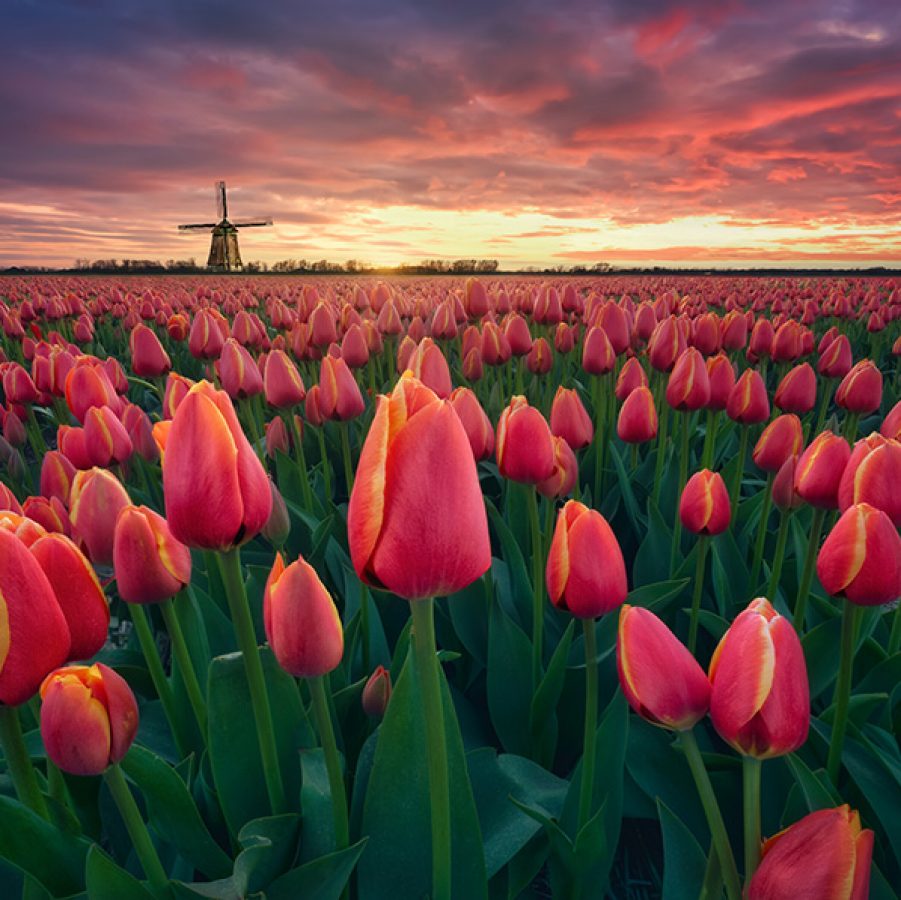
Credit: Getty Images
3. Dutch tulips
Rainbow tulip fields fill Amsterdam’s Keukenhof Gardens, arranged in dizzying patterns and along tourist trails.
See them in: Amsterdam
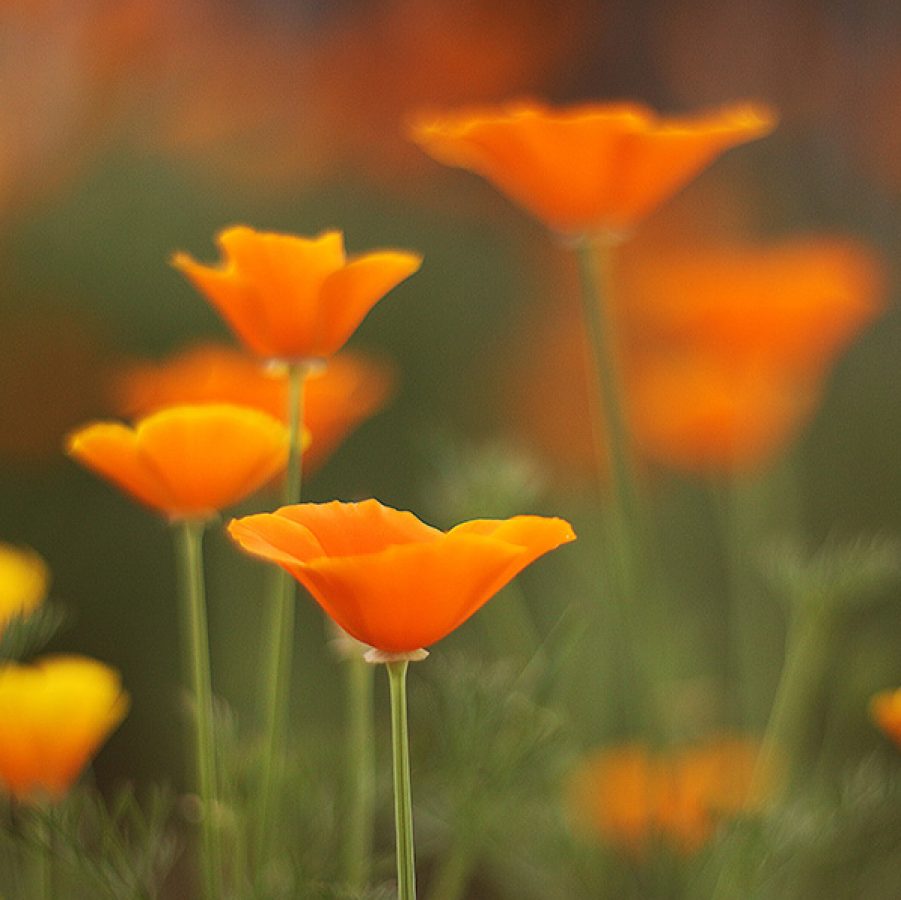
Credit: Getty Images
4. California poppies
California’s citrine state flower appears every spring, sometimes in vast numbers in an explosion known as a “superbloom”.
See them in: Antelope Valley in Los Angeles County
Discover Hong Kong’s great outdoors here.
More inspiration
- China – the Chinese Mainland, Hong Kong SAR, Macao SAR and Taiwan Region
- Hong Kong SAR - English
- Chinese Mainland (China) - English
- Taiwan, China - English
- 香港特別行政區 - 繁體中文
- 中国內地 - 简体中文
- 中國台灣 - 繁體中文
- Africa
- South Africa - English
- Asia
- Bangladesh - English
- Korea - English
- Singapore - English
- Cambodia - English
- 한국 - 한국어
- Sri Lanka - English
- India - English
- Malaysia - English
- Thailand - English
- Indonesia - English
- Maldives - English
- ประเทศไทย - ภาษาไทย
- Indonesia - Bahasa Indonesia
- Myanmar - English
- Vietnam - English
- Japan - English
- Nepal - English
- Việt Nam - tiếng Việt
- 日本 - 日本語
- Philippines - English
- Australasia
- Australia - English
- New Zealand - English







